Middle atmosphere, solar variability, and climate interactions
The middle atmosphere comprises the altitude region between 10 km and 120 km and is a transition region between the lower atmosphere and space. As such, it is strongly influenced by external (solar) forcings as well as by forcings from below (tropospheric weather systems, volcanoes, wildfires). Solar signals transferred through the middle atmosphere are part of the natural forcing of the climate system; the middle atmosphere in turn can influence tropospheric weather systems and radiation. We apply our knowledge from terrestrial solar forcing to study the atmospheres of Earth-like (rocky) exoplanets in orbits around very active stars.
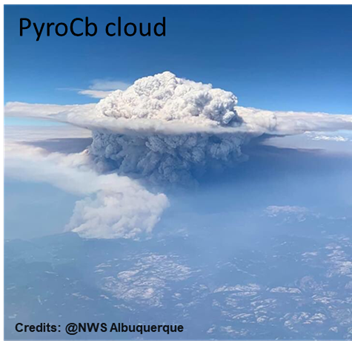
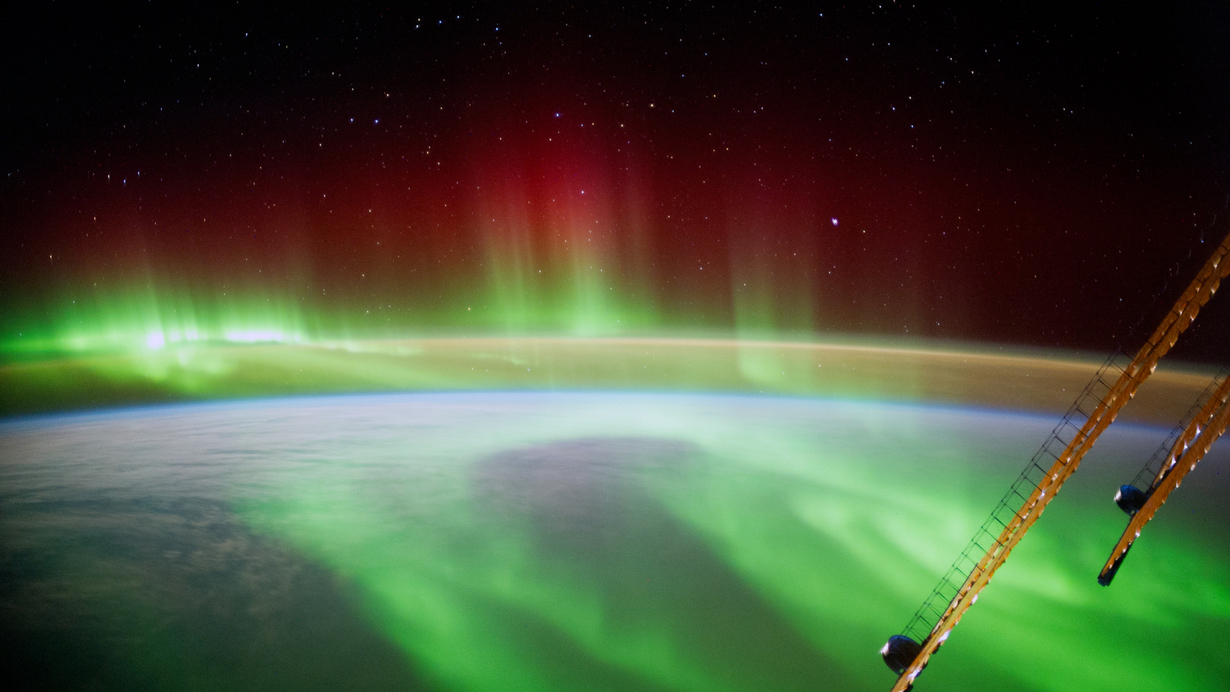
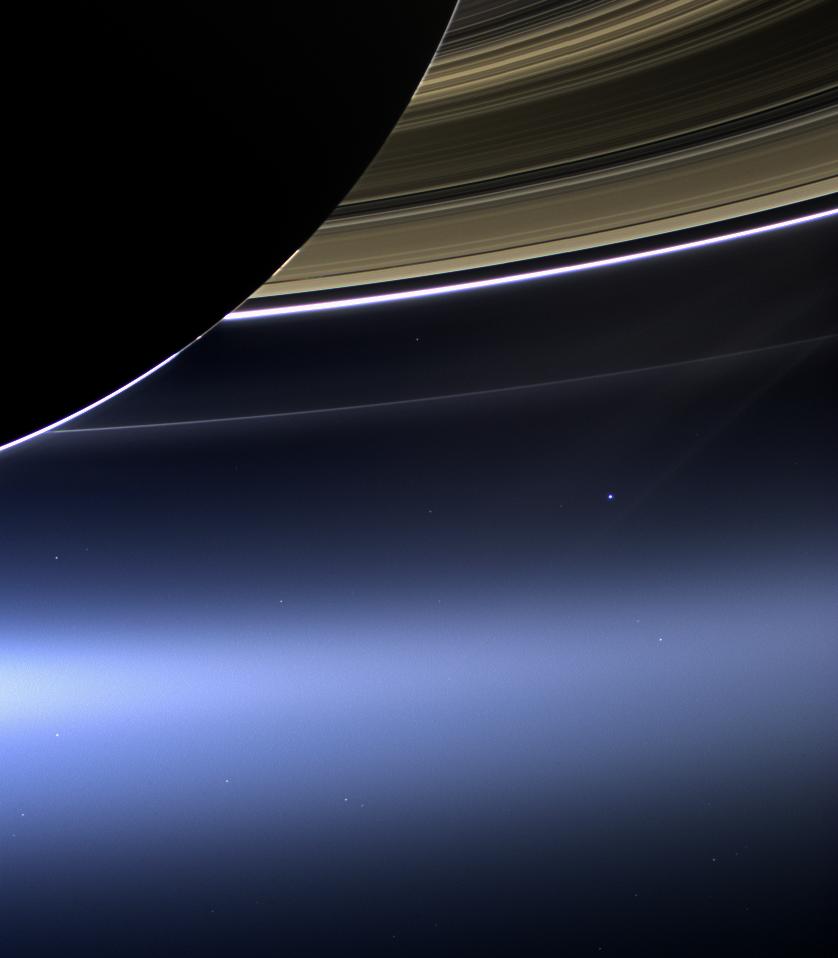
More information
The group: Our field of research in a nutshell; People; Projects; Publications; Thesis topics.
Models: ICON-ART, EMAC, KASIMA and ExoTIC
Satellite data: MIPAS/ENVISAT and SCIAMACHY/ENVISA

The international working group solar forcing for APARC -- SolarisHeppa -- has moved to KIT. On our website, you can find the most recent information about solar forcing for CMIP7 and the ongoing evaluation experiments
To SolarisHeppa website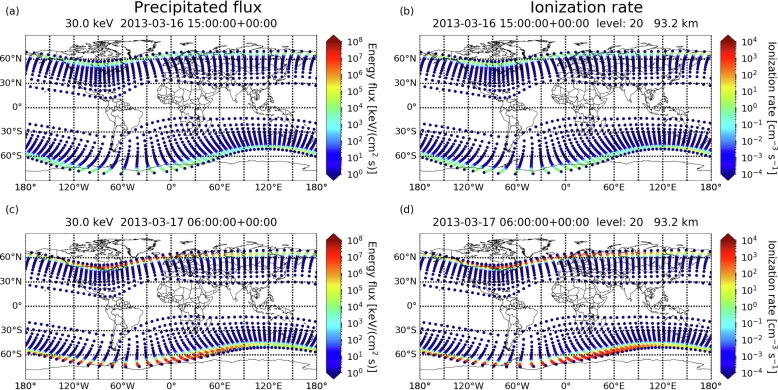
Electrons from the ring currents and radiation belts accelerated to hundreds of keV precipitate into the atmosphere during geomagnetic storms. This precipitating flux and the ensuing atmospheric ionization are modelled here with a magnetospheric model, considering different acceleration mechanism within the ring currents.
To the publication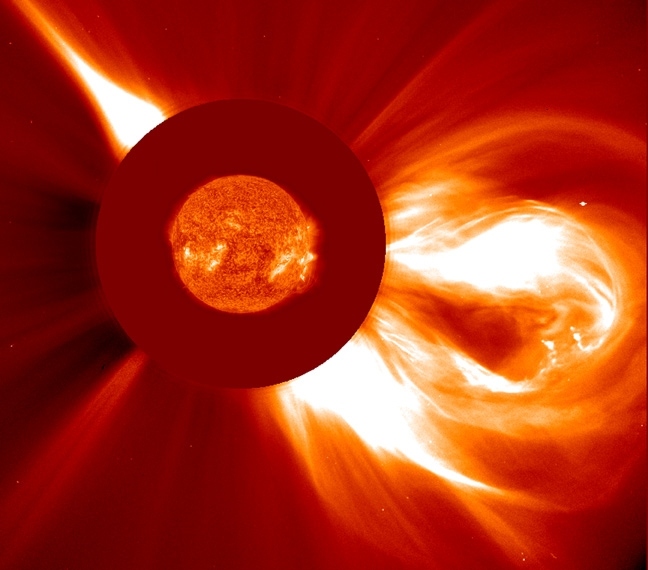
Solar variability is part of the natural forcing of the climate system. For climate model experiments, forcing data of the spectral irradiance and particle fluxes of high precission are necessary over many decades. The forcing data provided for the Coupled Model Intercomparison Project CMIP6 were extensively used for scientific studies and tested in intercomparison experiments; here, a roadmap is discussed for an improved forcing data-set for the upcoming CMIP7.
To the publication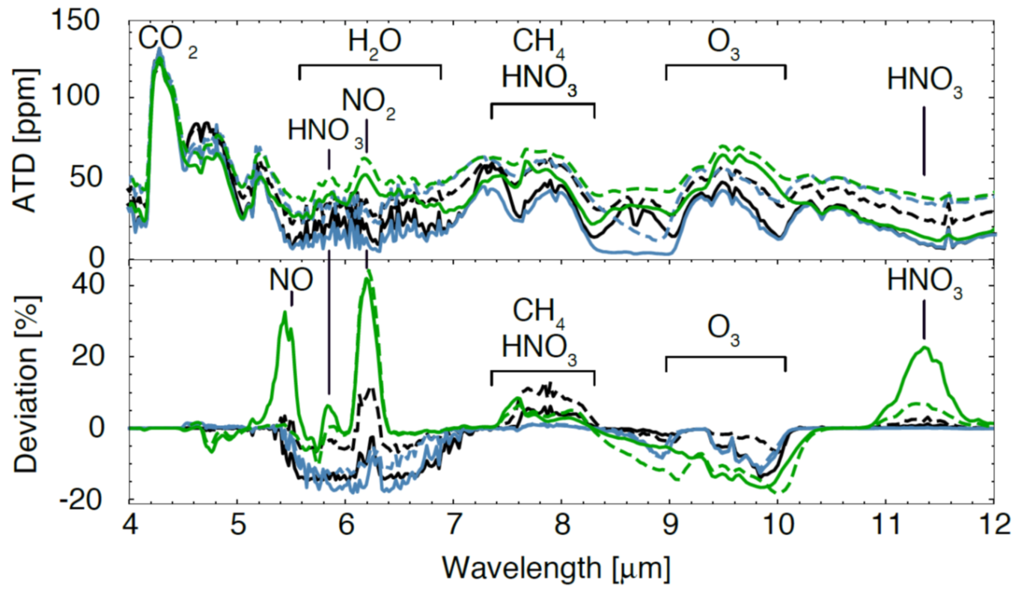
M-stars like Trappist can be much more active than the sun. But how does that affect possible atmospheres of planets in orbit around such starts? And, will that have an impact on the detectability of biosignatures like ozone?
This is explored in a recent publications exemplarily for the exoplanet Trappist 1e.
Draft of the paper on arxiv: Large solar particle events and the impact of chlorine ion chemistry Large solar particle events and the impact of chlorine ion chemistryHow does a once-per-millenia solar storm compare to the well-known "Halloween" solar storm of October 2003, and does the anthropogenic chlorine loading of the early 20th century increase the impact on stratospheric ozone? For a short summary, see the EGU blog here To the publication: |
 What would an extreme solar event do to the atmosphere? What would an extreme solar event do to the atmosphere?Even the largest solar proton events of the last 70 years had a relatively small impact on the atmosphere below 30 km altitude. But what would happen if a much larger solar event as occurred, e.g., in paleonucleid records in AD774/775? We investigated the impact on atmospheric composition and the change in UV radiation at the surface. Learn more: |
 Online-seminar on energetic electron precipitation Online-seminar on energetic electron precipitationWant to learn more about the impact of electron precipitation from the radiation belts? Watch recent online-seminar from Miriam Sinnhuber: To seminar talk |
 Exceptional electron precipitation observed by balloon Exceptional electron precipitation observed by balloonExceptionally electron precipitation was observed by a research balloon on December 14, 2009, in magnetic mid-latitudes. Trace gas observations confirm that precipitation in midlatitudes probably took place, despite low geomagnetic activity. To the publication |
 New results of Heppa III intercomparison experiment published New results of Heppa III intercomparison experiment publishedThe High Energetic Particle Precipitation into the Atmosphere (HEPPA) intercomparison experiment is an international initiative to constrain and improve the representation of (solar) particle precipitation in state-of-the art chemistry-climate models. It is ongoing since 2008. Newest results of round III published recently focus on NO formation during a geomagnetic storm in April 2010. To the publication |
